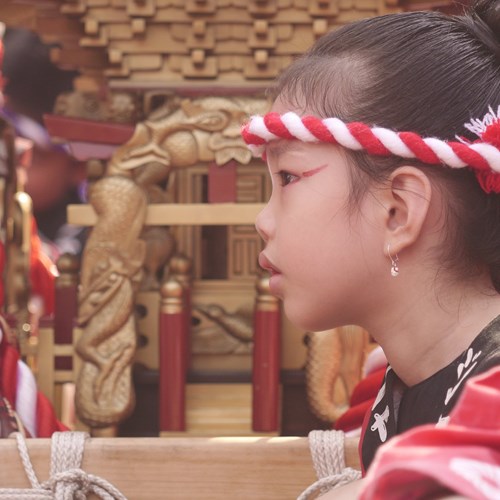
Jakarta, Indonesia
Indonesia’s sprawling capital is one of the fastest-growing, most chaotic and most exciting places in South-East Asia. It is the gateway to a vast, vibrant and varied island nation that is home to dozens of fascinating cultures.
Formerly the colonial capital of the Dutch East Indies--when it was known as Batavia--Jakarta has grown from its original seaport district into a huge modern conurbation of high-rise hotels and apartments, thronged shopping malls and wide, crowded avenues.
Population:
10.56 million (2020)
Currency:
Indonesian Rupiah (IDR)
IDR10,000 ~ US$0,69
Emergency Numbers:
Police: 110
Fire: 113
Ambulance: 118
Opening Hours:
Banks, businesses and government offices generally open 8am–4pm or 9am–5pm Monday–Friday. Many shopping malls remain open until 10pm or later. Many street markets do not open until around 7pm and remain as late as midnight. Many smaller shops close at dusk on Friday until Saturday night.
Newspapers:
Jakarta Post
Tempo
Jakarta Javakini
The City

Jakarta is a continuously growing and expanding metropolis, with new suburbs springing up on its outskirts and new high-rises reaching for the sky in the downtown area. The hub of the modern city is Taman Merdeka (Independence Square), which is dominated by the showy, 132 m tall National Monument, crowned by a glittering, stylized metal flame. Taman Fatahilla is the epicentre of Kota, the original heart of Dutch Batavia, and still has a sprinkling of picturesque old buildings.
The nearby Glodok district is the heart of Jakarta’s substantial Chinese community, and in recent years has also seen gentrification. Sunda Kelapa, the old port, is lined with warehouses dating back to the colonial era and filled with old-fashioned schooners that still carry cargo between Jakarta and the outlying islands. South of the centre, Jalan Jaksa is a colourful thoroughfare, lined with antique and souvenir shops, budget restaurants, guesthouses and tour agencies.
Do & See

Jakarta blends harmoniously newly-restored areas with its ancient parts, creating a metropolis provided with both entertaining and culturally interesting options.
The city is equipped with several museums such as the Art Museum or the History Museum, in which the traveler can be given an understanding of the country´s Dutch colonial era or traditional artifacts.
Having developed into a modern metropolis in recent years, Jakarta is filled with a comprehensive offering of dining options, food hawkers and lively gathering hubs, as well as endless shopping destinations.
Dining

The lure of Jakarta's bright lights has attracted Indonesian migrants from all over this huge country. As a result, the capital’s menu is stupendously varied. Staples such as noodles and nasi goreng (mixed fried rice) are on the menu everywhere, but there’s much more to try. Meat dishes are predominantly composed of chicken or beef, as Indonesia is mostly Muslim and pork is a rarity.
Fine dining destinations can be found at most of the hotels that dot the city in great numbers, but what truly shows Jakarta's culinary traditions is its vast assortment of street food, a delicious yet, wallet-friendly option.
Cafes

Cafe culture is something that the Indonesian capital has developed in the past 30 years, though hawker stalls and street food still remain the most popular option among locals and tourists alike.
As the coffee culture took over, street vendors started selling instant brews, and international brands of cafeterias began popping up at a fast pace, making the coffee routine an unmissable tradition throughout the diverse Jakarta.

